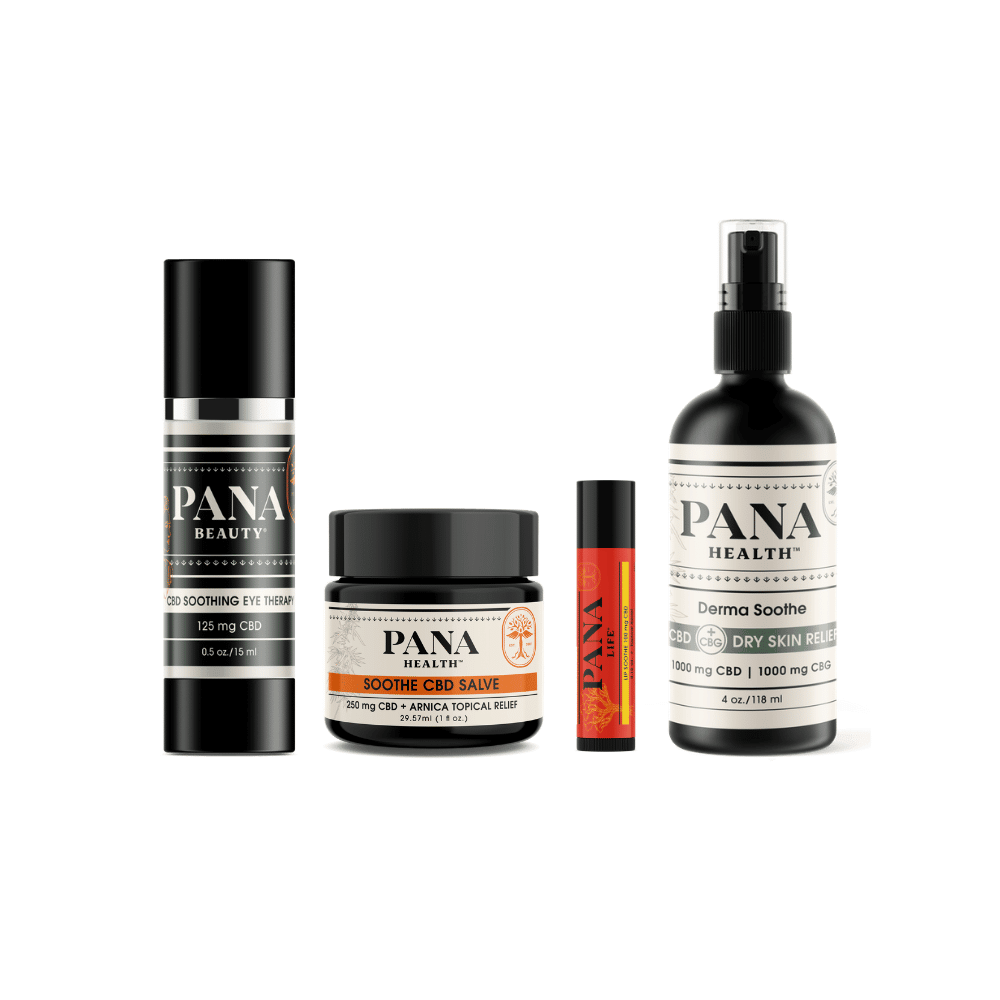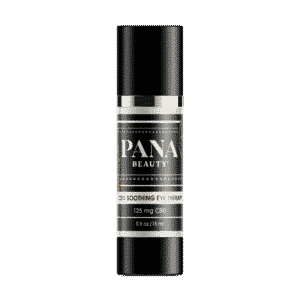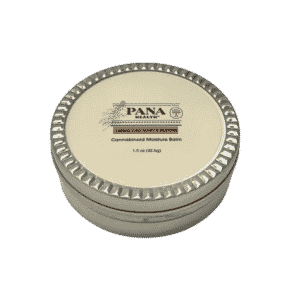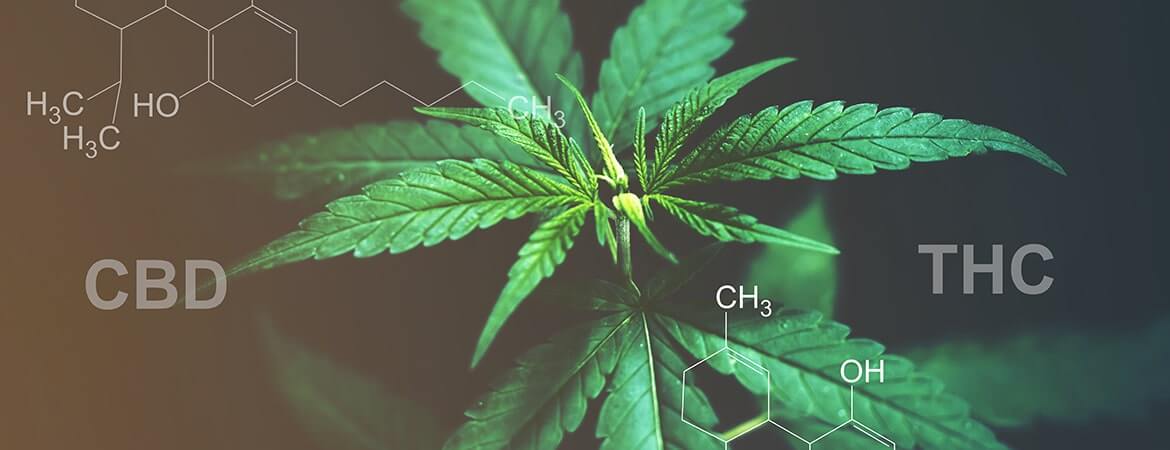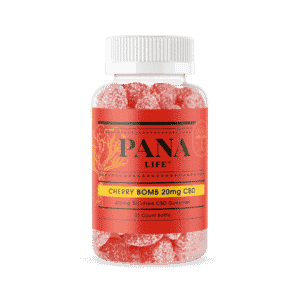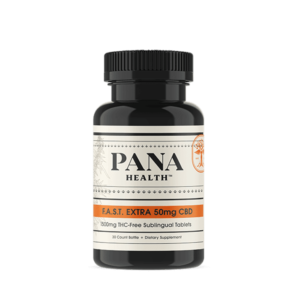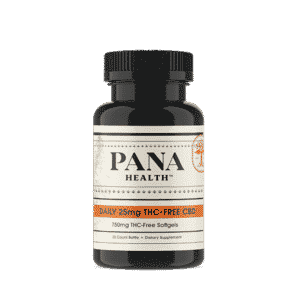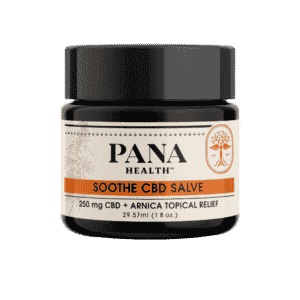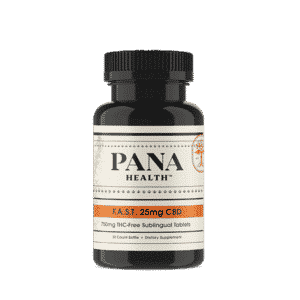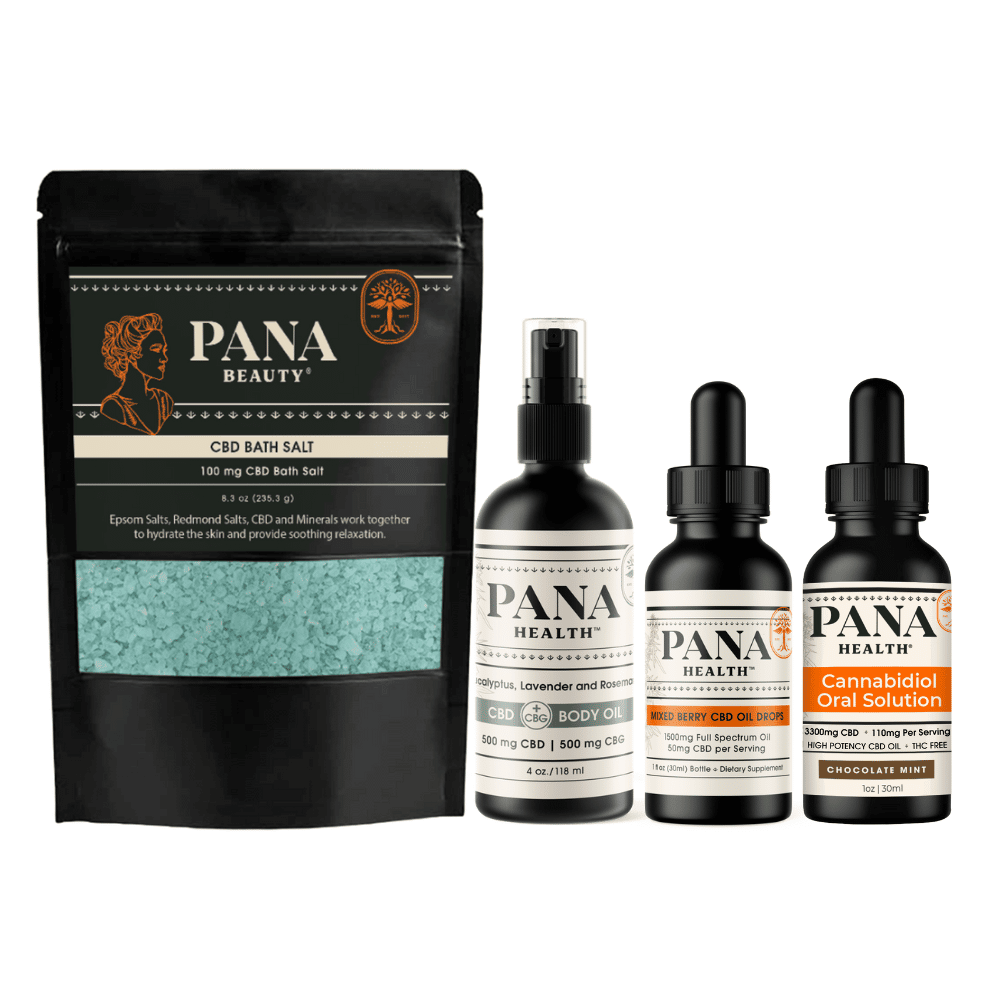Androgenetic Alopecia (AGA), or hair loss, affects an estimated 50% of Caucasian men and 19% of Caucasian women, not using CBD for hair and skin have an increase in hair loss as people age. While this condition is not life threatening, Alopecia may negatively impact a person both psychologically and socially, especially in women.1All of us want to look and feel youthful, and a full head of hair is one trait valued for personal attractiveness. AGA is hypothesized to be caused by a variety of factors including the presence of dihydrotestosterone (DHT) in both men and women. In the United States, individuals spend more than $3.5 billion on hair loss products and procedures marketed to promote restoration of hair growth, many of which provide marginal improvements.2Although hemp extracts have had mixed reviews on effectiveness regarding hair growth, a recent study indicates that specific cannabinoids may help benefit hair loss and promote hair growth through topical applications.
Currently, two medications for CBD for hair and skin have been approved by the FDA for treatment of AGA: Minoxidil topical and oral Finasteride. Unfortunately, both medications offer limited results.3,4Minoxidil, a topical treatment that is a vasodilator, increases blood flow to the affected area of application and over a four-month treatment can increase hair growth up to 83% using a 3% solution.5Finasteride, a 5a-reductase inhibitor that was originally developed to treat men with benign prostate hyperplasia, decreases the ability of the body to produce testosterone. Finasteride at a dose of 1 mg/day increased hair growth by 14% after a one-year treatment.6Clinical studies are currently underway to explore the use of combinations of Minoxidil and Finasteride and whether combination of the two drugs may increase hair growth.7
How Does CBD Affect Hair Growth?

Interestingly, cannabinoids have been reported to also have effects on hair growth. Anecdotal and scientific publications have reported that cannabis extracts have both promoted hair loss as well as hair growth. A recent clinical publication exploring the effects of CBD-rich extracts helps to clarify prior seemingly contradictory information.8Cannabinoids, such as cannabidiol (CBD) and the psychogenic compound, tetrahydrocannabinol (THC), both exert biological effects through the body’s endocannabinoid system (ECS). The ECS is present throughout the body and is involved in maintaining cellular homeostasis in response to excess oxidative stress. Until recently, the ECS was thought to be comprised of only the CB1 and CB2 receptors, although subsequent studies have demonstrated that this definition needs to be redefined as cannabinoids interact with over 75 distinct receptors and enzymes.9,10,11
Studies have shown that the ECS is a key regulator of hair follicle cell growth and control. As shown in Figure 1, both CB1 and CB2 receptors are expressed in multiple skin cells, including hair follicles. Stimulation of the CB1 receptor leads to decreased hair shaft elongation, cell death, and hair follicle regression. The vanilloid receptor TRPV1 is located on hair matrix keratinocytes, and stimulation of this receptor also leads to hair follicle regression.12Examination of cannabinoid activity through these two receptors begins to explain the seemingly contradictory activity of cannabinoids when it comes to hair growth. THC stimulates CB1 and TRPV1 to result in hair loss, whereas CBD inhibits CB1 receptor activity and effectively shuts down TRPV1 signaling by causing fewer TRPV1 receptors to be present. Additionally, CBD for hair and skin has been described as an anti-inflammatory, so it may have indirect effects on hair growth through reduction of scalp inflammation.13
Figure 1. Cannabinoid effects on various skin cell types.
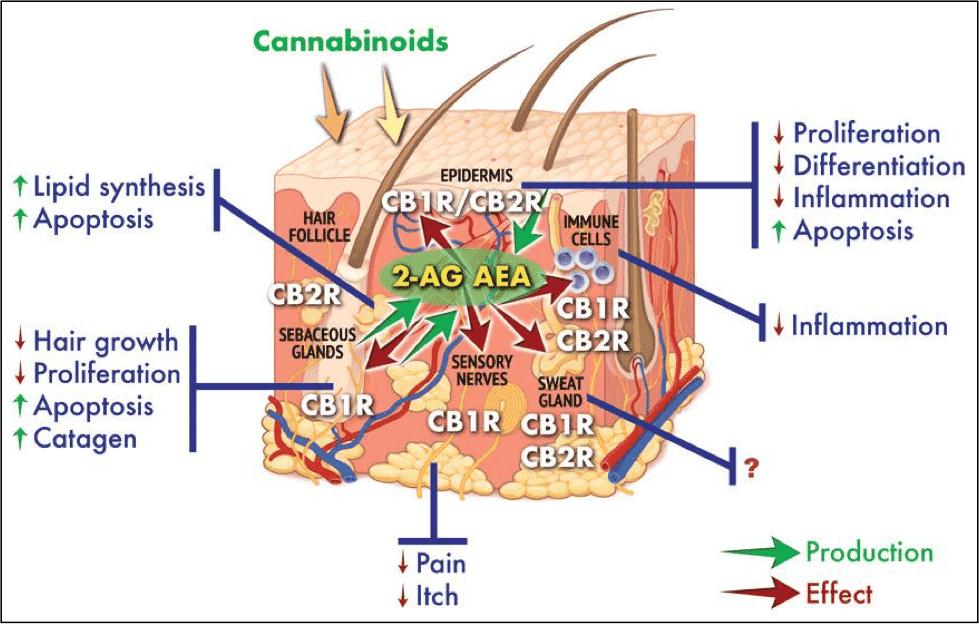
The Case for CBD
To demonstrate the effects of CBD on hair growth, researchers Gregory L. Smith and John Satino recruited 35 subjects (28 males and 7 females) that were provided a topical extract containing 54 mg CBD per ounce (also containing 1 mg/ounce of THC). The extract was applied daily for 14 weeks. The results demonstrated significant hair growth increases, similar to Minoxidil, of 74.1% in men and 55.2% in women. Longer times of treatment or studies to determine optimal dose of CBD have not been conducted. Because there is some uncertainty on whether higher doses of CBD would be beneficial, it certainly warrants more research. Additionally, the study did not address whether a full spectrum CBD-rich hemp extract is more effective than a THC-Non detect (<0.01% THC) extract. One may predict based on the molecular mechanism of activity described above, that elimination of the THC component would be beneficial to promoting hair growth. Since CBD works through a different mechanism than other known hair treatments such as Minoxidil and Finasteride, clinical studies should be conducted to explore whether these compounds may be used in combination to exert greater positive effects.
Currently, CBD and cannabinoids have been reported to have positive health benefits for numerous conditions. Although a majority of the results regarding CBD’s biological effects have not been examined by the FDA, nor are CBD products allowed to have claims on the prevention, diagnosis, or treatment of disease, the possibilities are exciting. People suffering from Androgenic Alopecia who have had poor results with existing medications or do not want to undergo hair transplant treatments, may wish to explore CBD to support scalp and hair health. Based on the G.L. Smith research, topicals should contain greater than 50 mg CBD per ounce and applied daily.
Panacea Life Sciences provides numerous industrial hemp products used to promote overall health and wellness. If you choose one of our topical CBD for hair and skin products, such as our Soothe salve or Transform lotion, let us know how the products work for you. Any questions or comments, please let us know by sending us an email to [email protected].
____
About the Author
James (Jamie) W. Baumgartner, Ph.D.
Born and raised in Eugene, Oregon, Dr. Baumgartner’s multitude of achievements span from holding 11 patents, to authoring well over 100 articles on the biological effects of cannabinoids in human and pet health, to working with state regulators to help shape the industrial hemp industry in Colorado working with both Colorado’s Department of Agriculture and Department of Health and Environment as a member of several of the Colorado Hemp Advancement and Management Plan. Jamie’s combined leadership, scientific and business expertise have led him to become the Chief Research Officer at Panacea Life Sciences, a Colorado-based, GMP certified, and vertically integrated cannabinoid company.


